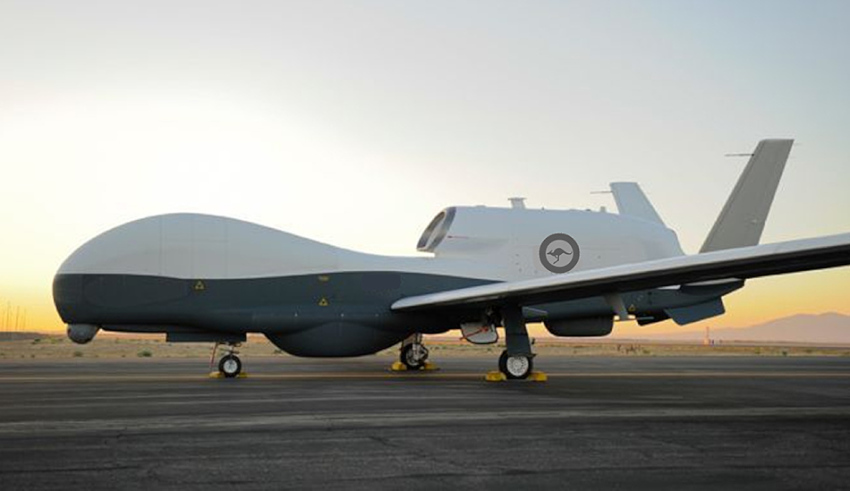Northrop Grumman is expected to partner with L3Harris and Thales joint venture Aviation Communications & Surveillance Systems to develop improved sense and avoid integrations for the MQ-4C Triton.
To continue reading the rest of this article, please log in.
Create free account to get unlimited news articles and more!
Northrop Grumman has entered into an agreement with the US Navy for the creation of enhanced sense and avoid (SAA) integrations for the Northrop Grumman MQ-4C Triton, further allowing the unmanned vehicle to work in closer confines with other aircraft.
Northrop Grumman is expected to partner with Thales and L3Harris joint venture Aviation Communications & Surveillance Systems (ACSS) for the creation and delivery of the new SAA integration. According to a statement released by Northrop Grumman, both companies have been working alongside the US Naval Air Systems Command for over five years to enhance industry standards in the field.
The company outlines that the new technology will improve the ability for the US Navy and Royal Australian Air Force to conduct warfighting together.
Doug Shaffer, vice president and program manager, Triton programs at Northrop Grumman, welcomed the opportunity to improve the MQ-4C Triton’s SAA capabilities and improve the war fighting capabilities of the US and Australia who use the UAV system.
“Sense and avoid will help ensure our customers can safely operate Triton out of almost any airfield or airport in the world, in full compliance with current and emerging aviation regulations around the globe,” Shaffer said.
“Incorporating SAA capability will add tremendous flexibility to the Triton system and how the US Navy, Royal Australian Air Force and potential future customers seamlessly integrate Triton into their concepts of operation.”
Steve Alwin, ACSS president and vice president of engineering, outlined that the new upgrades will improve the ability for the Triton to operate in both unmanned and manned environments.
“As a leader in integrated Traffic Collision Avoidance Systems and Automatic Dependent Surveillance-Broadcast systems, we are actively driving innovation in operational efficiency and airspace safety for the emerging unmanned aircraft platforms,” Alwin said.
“Our sense and avoid solutions enable active collision avoidance, empowering them to operate safely in commercial airspace.”
The announcement from Northrop Grumman comes following their agreement with the US Army to deliver new common infrared countermeasure (CIRCM) capabilities, as part of a US$959.1 million indefinite delivery/indefinite quantity contract.
[Related: Triton exceeding operational expectations]

 Login
Login







